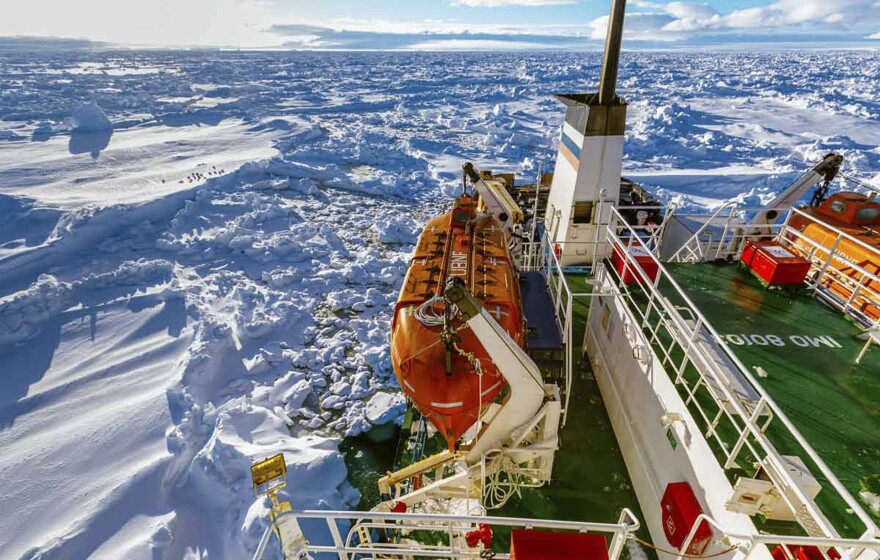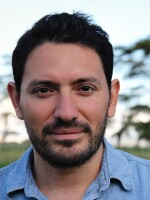The crew and expedition leaders aboard the MV Akademik Shokalskiy are considering an air evacuation of the passengers on board the ship, which is stuck in Antarctic ice.
As we've reported, two different vessels with ice breaking equipment have been dispatched to rescue the ship but both have had to abort their mission because of thick ice. Now, a third more advanced Australian vessel is trying to make its way to the Shokalskiy. If that vessel fails to break the ice, passengers may have to be transferred to other ships by helicopter.
"Expedition leader and University of New South Wales Professor Christopher Turney has taken to social media to document the experience and continued to report that the stranded 74 were in good condition, but 'still waiting.'
"The Shokalskiy was trapped during the Australian Antarctic Expedition, a mission led by Turney to retrace the footsteps of Australian geologist Douglas Mawson, who explored the Antarctic 100 years ago. It left the port of Bluff, New Zealand on Dec. 8 where it is due to return in January.
"The Snow Dragon icebreaker came within seven miles of the Shokalskiy, which has been stuck since Christmas Eve, but had to retreat after the ice became too thick, expedition spokesman Alvin Stone told the Associated Press."
The Guardian has a reporter on board the vessel. He filed this video report of the situation:
As you can see, for the most part, the passengers are taking the situation in stride and with a sense of adventure.
Chris Turney, the expedition leader, posted this video, making light of the situation:
Copyright 2021 NPR. To see more, visit https://www.npr.org.






